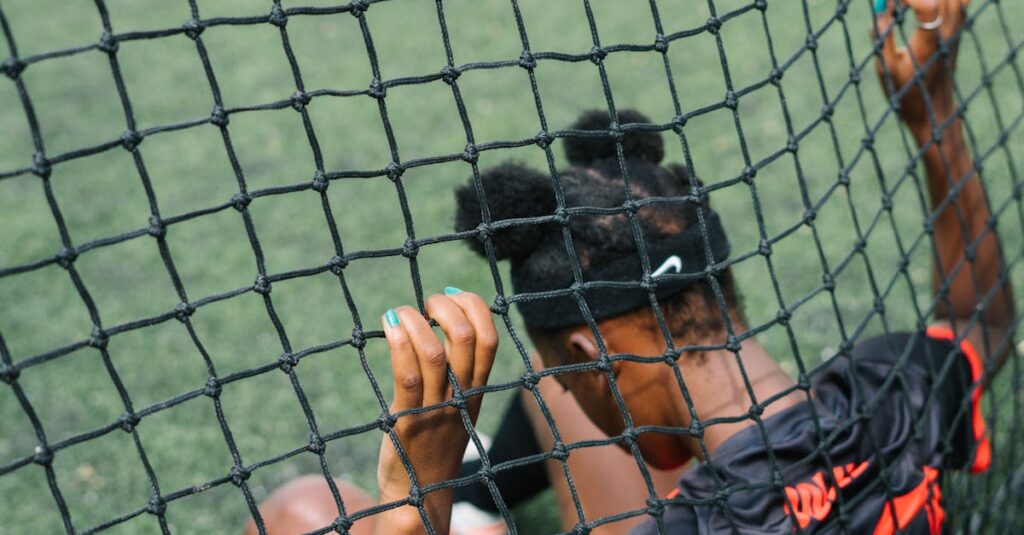Why Teach Gratitude Early?
Preschoolers are delightful bundles of curiosity. Teaching them gratitude from a young age nurtures empathy and happiness. Every parent wishes their child to grow up kind-hearted. Understanding and expressing gratitude is key. It helps build strong relationships and promotes positive emotional health.
So, delve into this journey of gratitude that spans cultures. It’s more fun than you think!
Global Gratitude Games
Games are a child’s love language. Gratitude games from different cultures can teach kids global perspectives. For instance, the Japanese game ‘Otedama’ involves a lot of teamwork and appreciation. It’s not just fun but also a great lesson in gratitude. Similarly, South African ‘Morabaraba’ instills strategic thinking and respect for opponents. Fun plus learning equals winning! Try these games for a gratitude-filled playtime.
Storytime from Around the World
Storytime is magical. Reading tales of gratitude from around the world can be both enchanting and educational. Imagine bedtime stories about the generous spirit of ‘Pandora’s Box’ from Greece or ‘The Thankful Frog’ from Korea. These stories teach much more than thankfulness. They transport children to different cultural settings while forming a bond over shared morals.
Let the power of storytelling connect us through cultures and generations.
Creating Gratitude Art Projects
Arts and crafts help kids express themselves creatively. Gratitude-themed projects can be even more special. How about creating ‘Thank You’ cards inspired by Mexican art? Or, painting gratitude stones like the ones in Aboriginal culture? These activities can be hands-on lessons in being thankful. They also create lasting mementos of your child’s early years.
- Create ‘Thank You’ cards inspired by Mexican art
- Paint gratitude stones like in Aboriginal culture
Cooking Up Thankfulness
Cooking together can be a heartwarming gratitude exercise. Many cultures express thankfulness through food. Making Bolivian ‘Salteñas’ or Indian ‘Ladoos’ with your preschooler can be a tasty lesson in gratitude. Explain how these dishes are often shared within communities and represent love and appreciation. Sharing food increases the joy of cooking.
Gratitude Journals for Little Ones
Even little ones can start gratitude journals. Encourage them to draw or stick pictures of things they are thankful for. This activity nurtures mindfulness. Kids begin to recognize and appreciate the small joys of their day. Over time, these journals become a delightful collection of your child’s growing understanding of gratitude.
Sharing Personal Gratitude
Parents lead by example. Share your moments of gratitude with your child. Talk about what made you thankful today. Your preschooler will learn by watching you. It’s a bonding opportunity and creates a family culture of thankfulness. Don’t forget to laugh about the simple joys and sometimes, the funny hiccups in life. Humor makes lessons more memorable!

